Tricky twisting fun for young and old: the 5 best Rubik's cube alternatives

Photo by Kenny Eliason on Unsplash
Puzzle games for turning and twisting are one of the few toys that connect generations because they do not require batteries and at the same time promote dexterity, spatial thinking and endurance. Parents are often looking for new challenges once the classic cube has been mastered. This is exactly where Rubik's Cube alternatives come into play, offering fresh shapes, colors or solutions to prevent boredom. If you also browse online for Rubik's Cube alternatives, you will quickly come across a huge variety of puzzles - from the simple beginner's tetrahedron to the ultimate shape shifter that will make even experienced cubers sweat.
A real classic: the Rubik's cube
Invented in 1974 by Hungarian architecture professor Ernő Rubik, the "Bűvös Kocka" first appeared on the market in Budapest in 1977. Three years later, the worldwide triumphal march began under the name Rubik's Cube, and more than 450 million copies have now been sold. Its popularity also led to the first official world championship in Budapest in 1982. Today, the World Cube Association organizes hundreds of tournaments every year, in which participants compete in disciplines ranging from 2×2 to 7×7.
A highlight for all numbers fans: the current world record for a single human 3×3 solution is an incredible 3.05 seconds, set in Shenyang in April 2025. For comparison: a theoretical upper limit for possible states of the cube is 43 quintillion, or 43 trillion billion combinations. This enormous complexity explains why the cube is still fascinating today and why puzzlers are constantly looking for new Rubik's Cube alternatives that provide fresh thrills.
Top 5 Rubik's cube alternatives
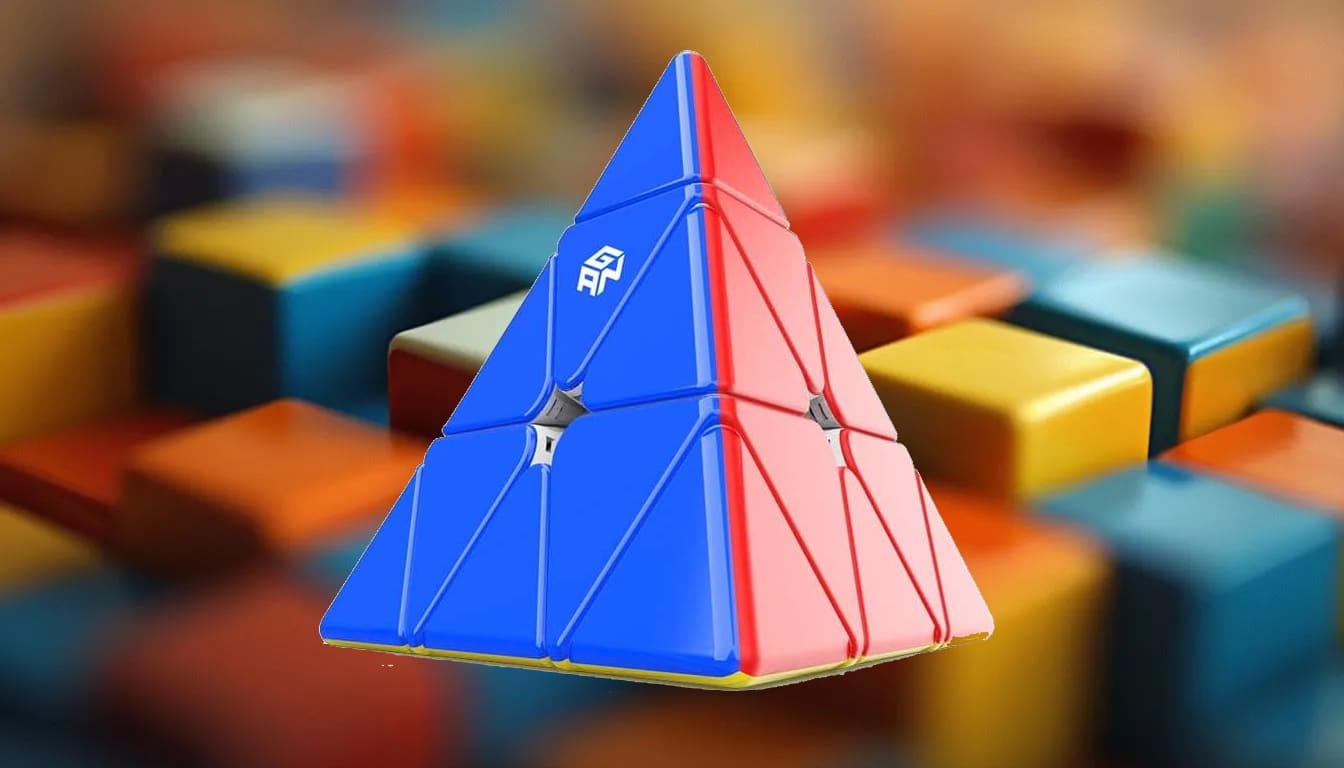
Image composition by wisheezy
Pyraminx
The first of our Rubik's cube alternatives is the Pyraminx, a tetrahedron-shaped puzzle with four sides. Instead of the usual face rotation, you move corners and edges at the same time, which seems unusual at first, but appears logical after a few attempts. Thanks to its clear structure, a solution can often be found in under two minutes, even if you only know the basic algorithms. This makes the Pyraminx ideal for children from the age of eight who are enthusiastic about the Rubik's Cube but want a quicker sense of achievement. Advanced players, on the other hand, appreciate it as a speed discipline, as turning speeds of less than five seconds are not uncommon at tournaments.
Shape: Tetrahedron, four faces
Charm: The fact that the tips rotate independently means that the puzzle can be partially sorted before algorithms are applied.
Difficulty: Easy to medium, depending on perfectionism.
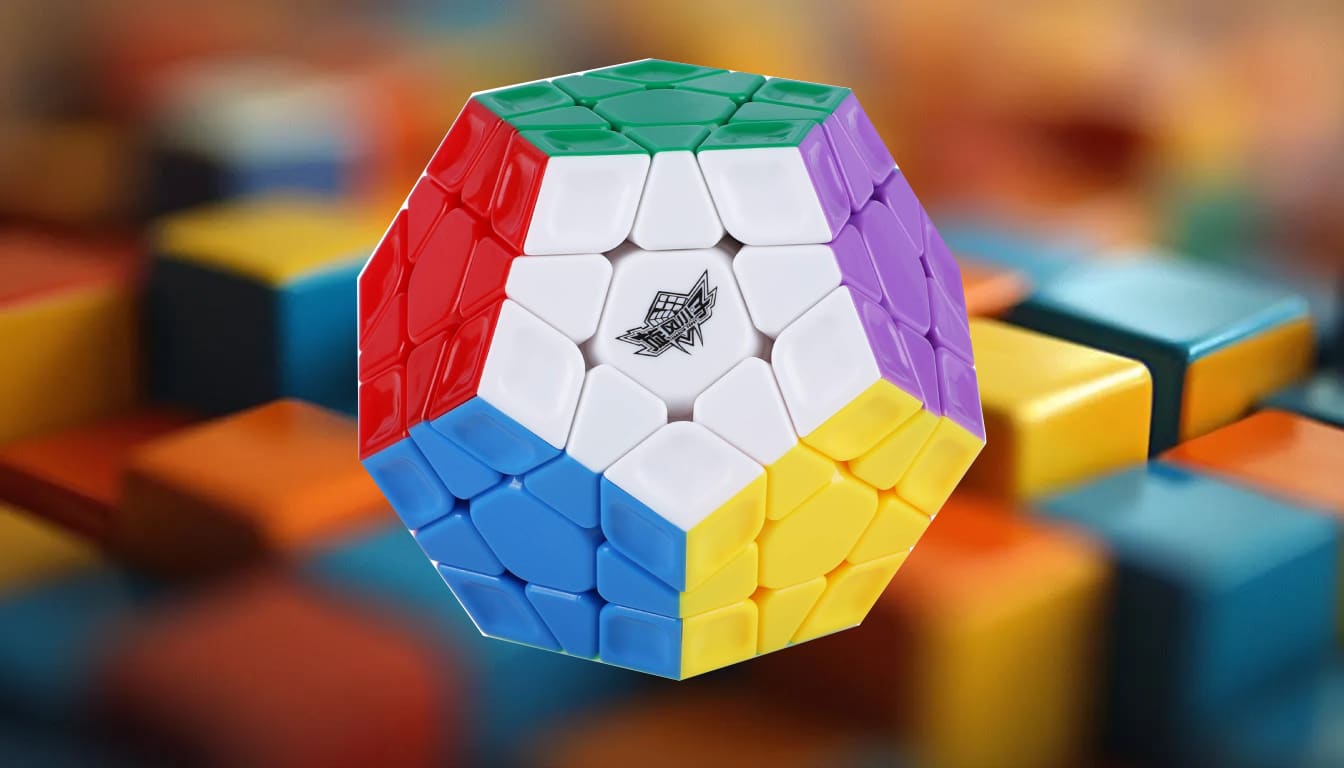
Image composition by wisheezy
Megaminx
With twelve faces, the Megaminx resembles an alien snowflake at first glance. Each side has the classic color fields, but because there are significantly more edges and corners than with the 3×3, a complete solution is noticeably longer. However, anyone familiar with basic dice algorithms will quickly find equivalents here, making the transition intuitive. Families benefit from the fact that several children can work on subtasks one after the other without having to "dismantle" the puzzle completely.
Shape: Dodecahedron, twelve faces
Special feature: More rotation options mean deeper solution trees, so you can practise strategic planning.
Difficulty: Medium; ideal if the 3×3 is already routine.
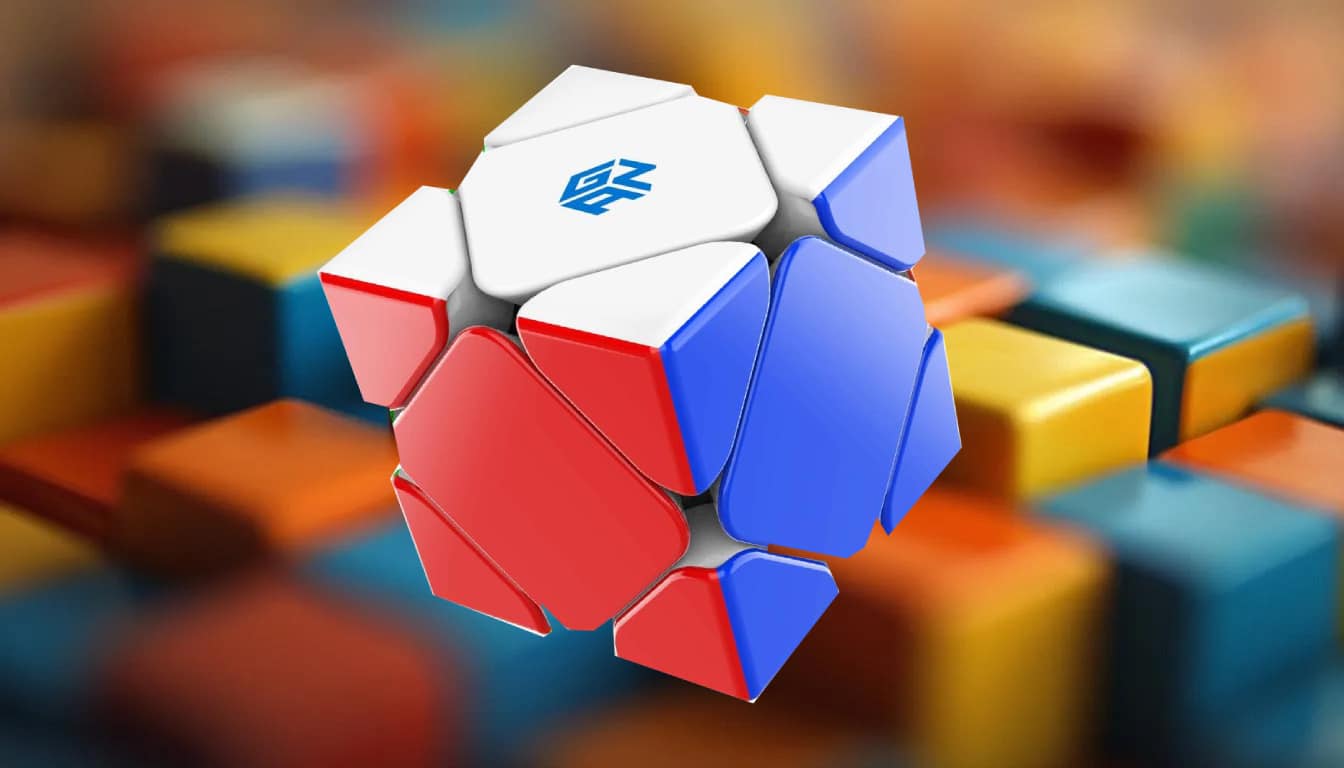
Image composition by wisheezy
Skewb
At first glance, the Skewb looks like a normal cube, but its cuts run diagonally through the corners. Rotations move entire halves of the cube, which seems almost chaotic at first glance, but actually reveals a very elegant system. The puzzle is interesting for families because it only requires a few basic steps to reach a solution position, making it perfect for short periods of play in between. Many speedcubers use the Skewb to train their motor skills and reactions before moving on to more complex variants.
Shape: Cube with corner axes
Stimulus: Each turn changes the overall picture so much that the sense of achievement is all the greater when turning back.
Difficulty: Medium - few steps, but still tricky to grasp the logic at first.
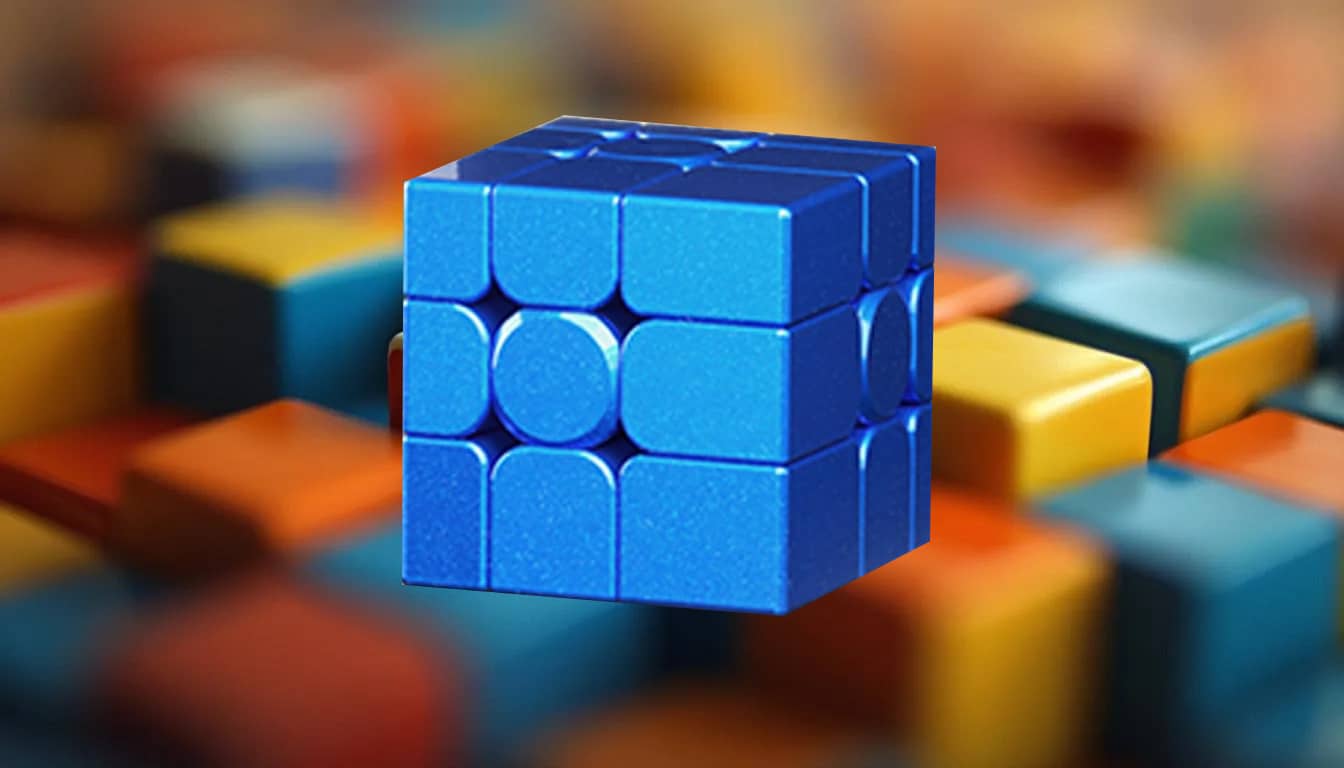
Image composition by wisheezy
Mirror Cube
With the Mirror Cube, color aids disappear completely; instead, block heights of different depths determine how the pieces fit together. After a few moves, the puzzle takes on spectacular skyscraper shapes and looks as if architectural towers have been twisted. Although the solution is basically identical to the classic cube, the puzzle brings a whole new perspective: instead of colors, you arrange sizes and contours. Families like the fact that even experienced cube experts suddenly have to start from scratch, which means that all group participants experience the same learning curve.
Shape: Classic cube, but asymmetrical block heights
Highlight: Dramatic shape-shifting, ideal for photos or as a living room eyecatcher.
Difficulty: Medium; the lack of a color compass requires mental flexibility.
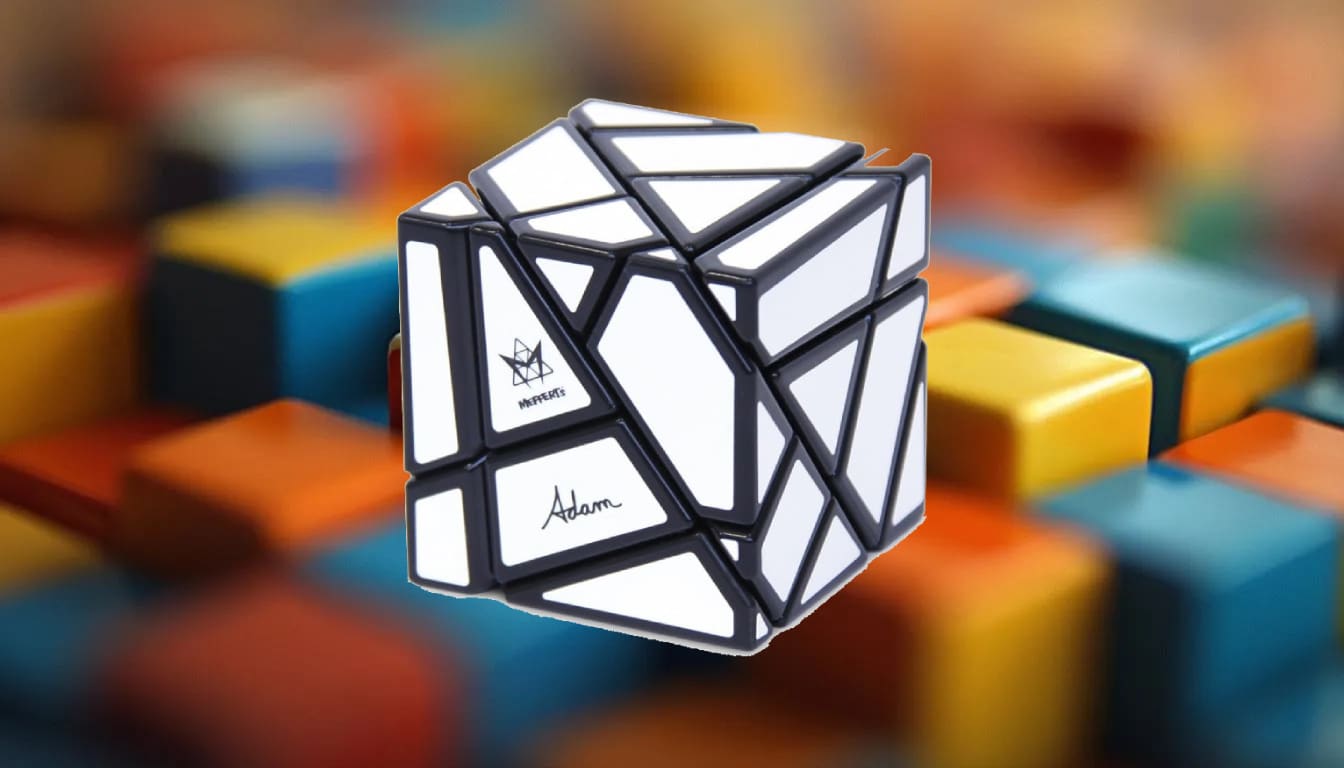
Image composition by wisheezy
Ghost Cube
The Ghost Cube takes the concept of magic cube alternatives to the extreme. Even in the unsolved initial state, the levels are slightly offset, which is why hardly any part appears symmetrical. After a few rotations, the cube mutates into an abstract sculpture in which individual pieces stick out wildly like puzzle pieces. A solution can only be found by precisely analyzing shapes, lines and planes - there are no colors. Even experienced speedcubers often need hours here. The Ghost Cube is therefore a long-term project for families to work on together. Anyone who finally manages to return the cube to its original shape will experience an unparalleled sense of achievement.
Shape: Cube, already pre-twisted
Special feature: Completely asymmetrical parts that only form a neat 3×3 grid at the very end.
Difficulty: Difficult; nerves of steel and patience are a must.
* Links marked with an asterisk are affiliate links. We receive a commission from the online store when purchases are made via affiliate links.
